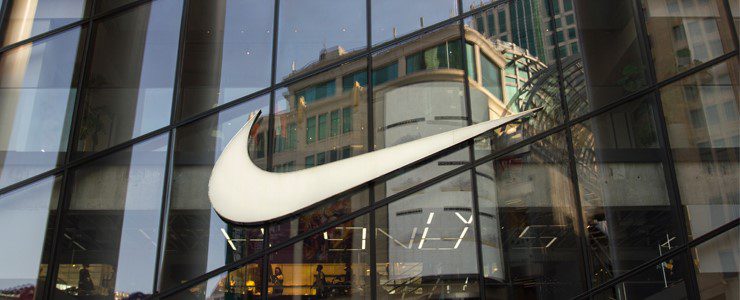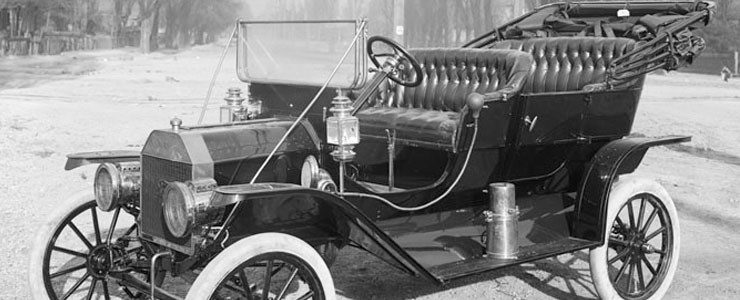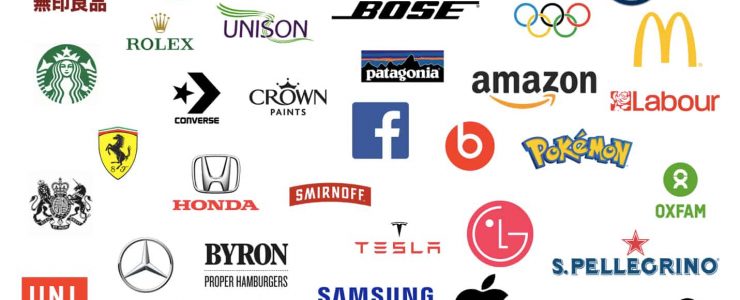
Nike: The family business
The Nike brand doesn’t necessarily conjure up an image of a family-run business – but on the contrary, the successful sports company has been run by the same family since its launch in 1964.
It has expanded from a small business founded by former military serviceman Phil Knight into the world’s top sports apparel brand, with an estimated net worth of $29.6 billion today.
Launched as Blue Ribbon Sports on 25th January 1964, by Knight and business partner Bill Bowerman, it became Nike (named after the Greek goddess of victory) on 30th May 1971. Now in its sixth decade, Nike owns a multitude of world-famous brands such as Nike Pro, Nike Golf, Nike+, Air Force 1, Air Jordan, Air Max, Nike Blazers, Nike Dunk, Nike Skateboarding and Nike CR7.
It also owns subsidiaries such as Brand Jordan, Converse and Hurley International. As well as manufacturing sportswear and equipment, Nike operates retail stores worldwide. The company sponsors a multitude of high-profile athletes and sports teams around the globe and has its own highly-recognised trademarks: the “Swoosh” logo and “Just Do It”.
How was Nike founded?
Knight, 81, was born in Portland, Oregon, in February 1938. He served on active duty with the army, before going for a career change and enrolling at Stanford Graduate School of Business. In his small business class, he wrote a paper comparing Japanese and German sports shoes – a forerunner of his eventual foray into the business of running shoes.
After graduating with a master’s degree in business administration in 1962, he joined forces with American track and field coach Bowerman to found Blue Ribbon Sports. Knight described himself as an “average” track and middle-distance runner, while Bowerman was obsessed with the connection between the design of sports shoes and speed.
Bowerman would modify his athletes’ shoes after picking up tips from a cobbler. Knight had tried out a pair of the custom-designed running shoes. They worked so well that Otis Davis ended up taking them to the Olympic Games in 1960, where he wore them to win the 400-metres. The early collaboration led to the launch of Nike in Eugene, Oregon. The company was founded with just $1,200 in the bank.
What were Nike’s early milestones?
Initially, Knight sold the Blue Ribbon running shoes from the back of his car. He realised there was a demand for an alternative to the Puma and Adidas sports shoes that dominated the market at the time. In their first year’s trading, they sold 1,300 pairs of shoes, grossing $8,000.
In 1965, sales reached $20,000. In 1966, Knight was finally able to stop selling shoes from his car, as the company had enough money to rent its first retail space in Santa Monica, California, next to a beauty salon. The company had a few employees at this time, who all sold the shoes from their cars. For the first time, this was no longer necessary.
In 1967, sales were growing fast and the company expanded to the East Coast, where they opened a distribution centre in Wellesley, Massachusetts. Their first big success was the comfortable and stylish Tiger Cortez in 1967 – a collaboration between Blue Ribbon and their Japanese supplier, Tiger.
How did the Nike brand grow?
Nike split from Tiger in 1971, when the full re-branding took place, including the invention of the famous Swoosh logo. The trademark was designed by graphic designer Carolyn Davidson and was first used on 18th June 1971. In 1976, Nike hired its first ad agency. John Brown and Partners of Seattle created the first brand ad in 1977 with the slogan, “There is no finish line.”
The venture expanded further in the 1970s with the opening of several stores, taking on more employees. Nike’s products grossed $1.96 million and they took on 45 corporate staff. Operations expanded to Canada – the first time Nike had gone into a foreign market. They then got a foothold in Australia.
Nike opened its first American plant in Exeter, New Hampshire, in the mid-1970s. Its payroll grew to 250 and global sales reached $5 million. Nike shoes were worn at the 1976 Olympic Trials by the rising athletics stars.
In 1979, Nike moved into sports clothing as well as footwear. This was also the year the legendary Nike Air shoe cushioning design was launched. By 1980, Nike had already grabbed a 50% market share of the US athletic shoes’ market. The company went public in December that year.
In 1986, Nike further expanded into new lines including women’s casual apparel, the less expensive Street Socks athletic shoes, tennis gear branded under the “Wimbledon” name and golf shoes. By the middle of the year, the company’s sales topped $1 billion for the first time.
In 1990, Nike moved into its World Headquarters eight-building premises in Beaverton, Oregon. The brand dominated the market in the 1990s and survived the economic recession of the early 2000s to emerge as the world’s leading sports brand we all know and love today.
Are the Knight family still involved?
Over the years, Phil Knight has remained closely involved with running Nike. Bowerman died in 1999, aged 88. Knight stepped down as CEO of Nike in November 2004, at the age of 66, although he remained chairman until June 2016, when he retired after 52 years at the helm.
He said Nike had always been “more than just a company”, describing it as his “life’s passion”. His son Travis, 46, an award-winning animator and film producer, serves on the board of Nike Inc, a position he first assumed in 2015. Phil Knight came out of retirement in 2017 and is now Chairman Emeritus, while the president and CEO is John Donahoe and the executive chairman is Mark Parker.
The Knight family attributes some of the brand’s success to the way the employees are treated, as they have always been supportive of their team. The company commits to an ethos of “total wellness”, even enabling employees to practice meditation in a “zen space” to alleviate stress and promote relaxation.
Employees have the chance to spend time with the top athletes involved with the brand. They are rewarded for their hard work by taking part in activities such as playing basketball with Los Angeles Lakers’ star LeBron James, shooting hoops with the Brooklyn Nets’ Kevin Durant, or playing American football with Houston Texans’ quarterback DeShaun Watson.
The company says opportunities such as this spark employees’ creativity and inspiration, making them feel “excited” at the prospect of going to work every day. The staff also have “summer Fridays”, when the office shuts at noon, allowing them to take a long weekend.
Just do it!
If you want your business to go places, working in a creative environment can enhance employee well-being. Contact Headspace Group on 020 3691 7500 to find out more about our flexible coworking space.
© Tada Images / Shutterstock.com



